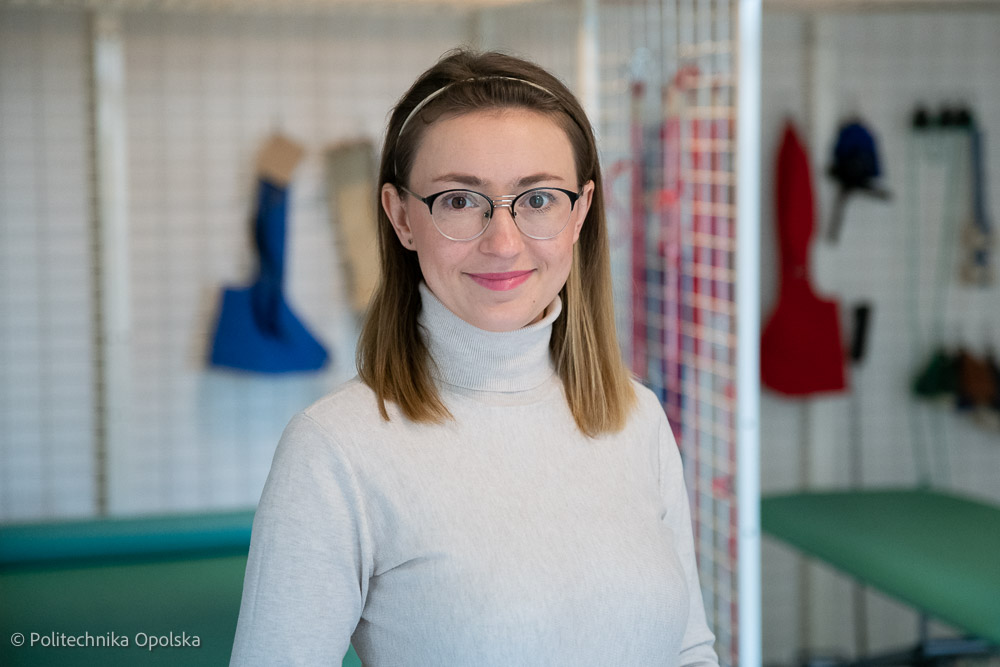Our scientists aim to improve society’s physical activity

According to the World Health Organization, over 80% of children and nearly 30% of adults fail to meet the recommended minimum level of physical activity. An international team of researchers, including representatives from our university, has been working on a project for over two years to increase physical activity post-COVID-19.
“In the 16th century, Polish doctor Wojciech Oczko said, “Movement will replace almost any medicine, while all medicines combined will never replace movement.” This statement contains a universal truth that has been validated by numerous scientific studies over the years. Physical activity protects us from chronic illnesses, impacting both physical and mental health. However, lifestyle changes have led to sedentary behaviors. Today, there is a significant global need to spread awareness and encourage every social group to maintain a minimum level of physical activity for health. The COVID-19 pandemic has highlighted this issue, and WHO reports that over 80% of children and adolescents and nearly 30% of adults are not meeting the recommended physical activity minimums“, emphasizes Professor Anna Rutkowska from the Faculty of Physical Education and Physiotherapy at Opole University of Technology and coordinator of the “Improving Physical Activity Post-Pandemic” project.
“Our university was invited to participate in this Erasmus+-funded project by Slovakia’s Matej Bel University, alongside Czech partners Charles University and the Rehabilitation Prague School. The project aims to promote and educate about physical activity after COVID-19“, explains Prof. Rutkowska.
“The initial focus of the research was students’ physical activity, and significant differences were identified between students in the Czech Republic, Poland, and Slovakia. Slovakia showed the highest median physical activity measured by MET scores, while Poland had the lowest. Compared to pre-COVID-19 studies, the overall physical activity in observed cohorts has not returned to pre-pandemic levels, and students remain less active“, Prof. Rutkowska notes.
The research also led to international conferences promoting physical activity and the publication of an English-language book as a comprehensive resource on movement therapy.
Additionally, a “Physical Activity Guide” was developed, which every student and staff member at Opole University of Technology has received in digital form. The exercises were designed to be performed independently at home, targeting all muscle groups through strengthening and stretching exercises. “In the guide, we also recommend incorporating aerobic exercises to improve physical endurance and breathing exercises for relaxation. Each exercise includes a detailed description and photos to guide movement,” explains Prof. Rutkowska. She adds that, according to WHO guidelines, adults (18-64 years) should perform at least 150-300 minutes of moderate-intensity aerobic physical activity or at least 75-150 minutes of vigorous-intensity aerobic activity weekly. They should also engage in muscle-strengthening exercises of moderate or greater intensity involving all major muscle groups on two or more days a week, as this provides additional health benefits. Replacing sedentary behavior with any intensity of physical activity, including light activity, also offers health benefits.
Prof. Rutkowska highlights the severe consequences of physical inactivity. “Between 2020 and 2030, nearly 500 million new cases of preventable chronic diseases are expected worldwide, costing over $300 billion in treatments. Nearly half of these new cases will be due to hypertension, and over 40% due to depression,” she calculates.